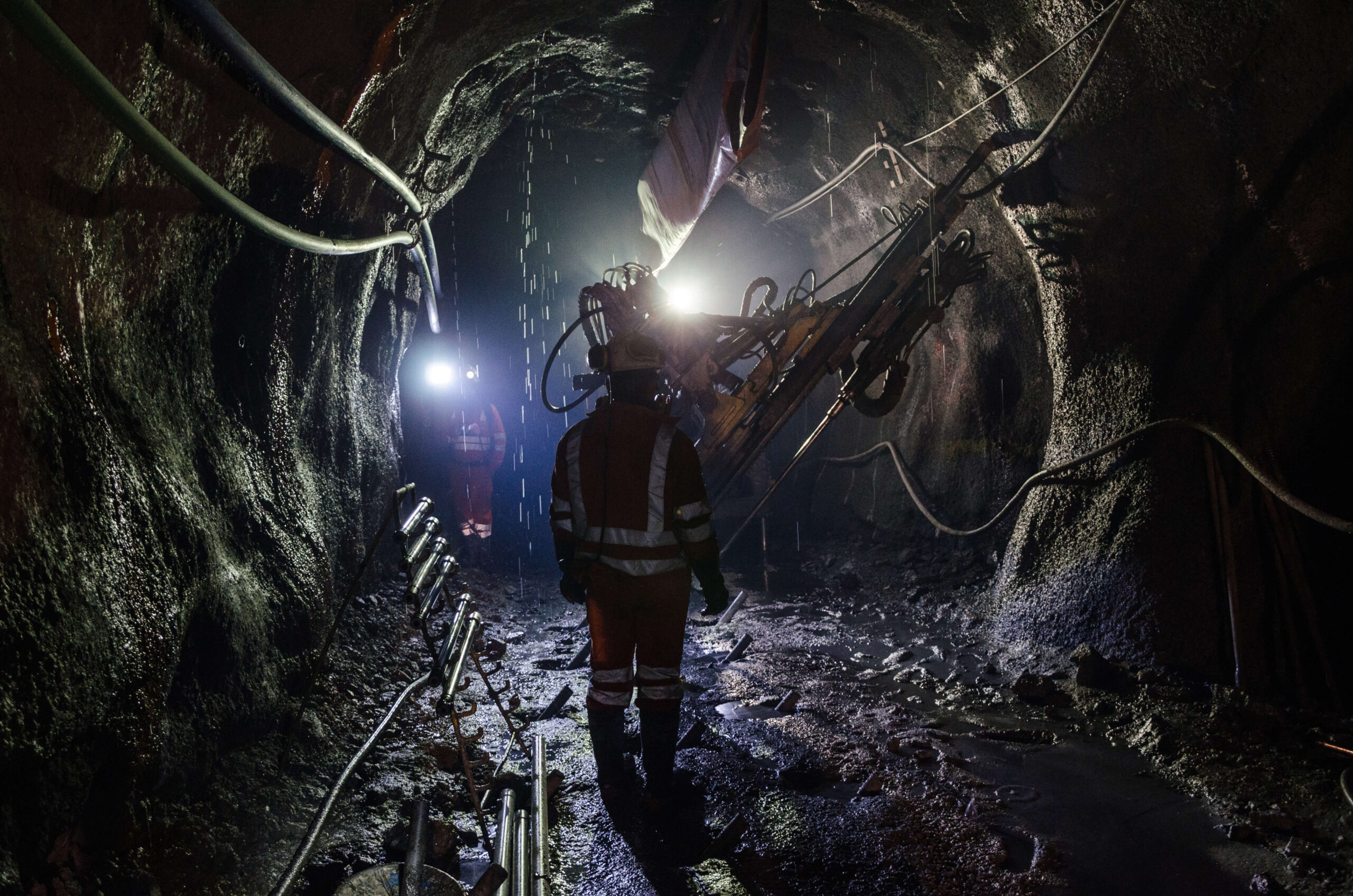The Mine Safety and Health Administration’s (MSHA) silica rulemaking process has entered a significant new phase with the long-awaited issuance of a proposed rule: “Lowering Miners’ Exposure to Respirable Crystalline Silica and Improving Respiratory Protection.”
This is the first opportunity for mine operators to have any meaningful insight as to what direction MSHA may ultimately take with its new crystalline silica rule. Of course, this is only a proposed rule and MSHA can make changes before issuing its final version.
In the meantime, nothing has changed in terms of what is required for compliance with the existing standard. However, MSHA has made no secret of the fact that the agency has not been waiting for a new rule to increase enforcement activity for air contaminant standards, including silica, albeit under the requirements of the existing standards.
Quick Hits
- MSHA’s proposed respirable crystalline silica rule would apply to coal mines and all metal and nonmetal mines.
- The proposed rule could impose significant administrative and technical requirements on operators and lacks Table 1 type of provisions that would help operators maintain compliance while providing for appropriate protection of miners.
- The final rule would become effective 120 days after its publication in the Federal Register.
Here are the key elements of the proposed rule on respirable crystalline silica (silica):
Scope
The rule pertains to coal mines and all metal/nonmetal mines.
Permissible Exposure Limit
As expected, MSHA intends to lower the permissible exposure limit (PEL) for silica to 50 micrograms per cubic meter of air for a full shift exposure, calculated as an 8-hour time-weighted average. This is the same as the Occupational Safety and Health Administration’s (OSHA) current silica standard. MSHA stated that it considered lowering the PEL to twenty-five micrograms per cubic meter but concluded that not all mines could meet that level and it wanted to maintain a single PEL applicable to all mines.
Action Level
MSHA is proposing an action level for silica of 25 micrograms per cubic meter for a full shift exposure, calculated as an 8-hour time-weighted average. If exposure monitoring indicates an exceedance of the action level, then the mine operator would be required to conduct periodic sampling.
Exposure Monitoring
The proposed rule includes extensive sampling requirements that operators may find to be overly burdensome. Baseline sampling would be required for most miners within 180 days of the effective date of the rule. Periodic sampling would be required unless baseline samples and other sampling data indicate no exposures above the action level. Sampling would be required to be repeated and verified in certain circumstances. Semiannually, beginning 18 months after the effective date, every mine would also be required to perform a qualitative analysis of any changes that may affect exposure levels.
Engineering and Administrative Controls
The proposed rule would require mine operators to implement all feasible engineering controls as the primary means to reduce respirable crystalline silica to at or below the PEL and then supplement those engineering controls with administrative controls, if needed to achieve compliance. Administrative controls include such things as ensuring miners safely remove dust from work clothes, and controlling the ways that certain types of cleanup and other tasks are done. Importantly, MSHA would exclude rotation of miners as an acceptable administrative control. This likely will generate a number of comments in the rulemaking as operators may view this as an effective control where other options are not available.
Respiratory Protection
MSHA proposes to incorporate by reference certain elements of ASTM F3387-19 Standard Practice for Respiratory Protection (ASTM F3387-19), including fit testing, respirator selection, inspection, and storage. This would apply to all of the agency’s airborne contaminant standards, not just the silica rule.
The proposed rule would accept use of respiratory protection for compliance with the silica standard only “in limited situations and on a temporary basis, and to supplement engineering controls, followed by administrative controls.” MSHA declined to accept respiratory protection for compliance under most circumstances. This is a significant departure from OSHA’s rule.
No Table 1
MSHA has opted not to include an approach similar to OSHA’s “Table 1” in its proposed rule, which would have specified control measures that would be considered acceptable for compliance for certain tasks. This is a critical departure from OSHA’s silica standard and something the industry has advocated as needed to be included.
Medical Surveillance for Metal/Nonmetal Mines
The proposed rule would require mine operators at metal/nonmetal mines to offer medical surveillance at no cost to the miner. The proposed rule does not include job transfer rights for miners as exist in 30 C.F.R. Part 90 for the coal industry, but MSHA is soliciting comments on whether this should be added for metal/nonmetal mines.
Recordkeeping
The rule also contains detailed recordkeeping and reporting requirements, which would impose substantial administrative requirements on operators.
Effective Date
MSHA is proposing that the final rule become effective 120 days after its publication in the Federal Register. Operators may want to ask for this time to be lengthened in their comments, given the breadth of changes this rule would require.
Key Takeaways
In sum, the proposed rule stands to impose significant administrative and technical requirements on operators and lacks several key provisions that would help operators maintain compliance while providing for appropriate protection of miners. Although the proposed rule is lengthy, operators may want to study it carefully and provide input to the rulemaking through the public hearings and written comments process.
Ogletree Deakins’ Workplace Safety and Health Practice Group will continue to monitor developments with respect to the proposed respirable crystalline silica rule and will provide updates on the Mine Safety blog as additional information becomes available.
A version of this article was previously published in Pit & Quarry magazine.
Follow and Subscribe
LinkedIn | Twitter | Webinars | Podcasts





